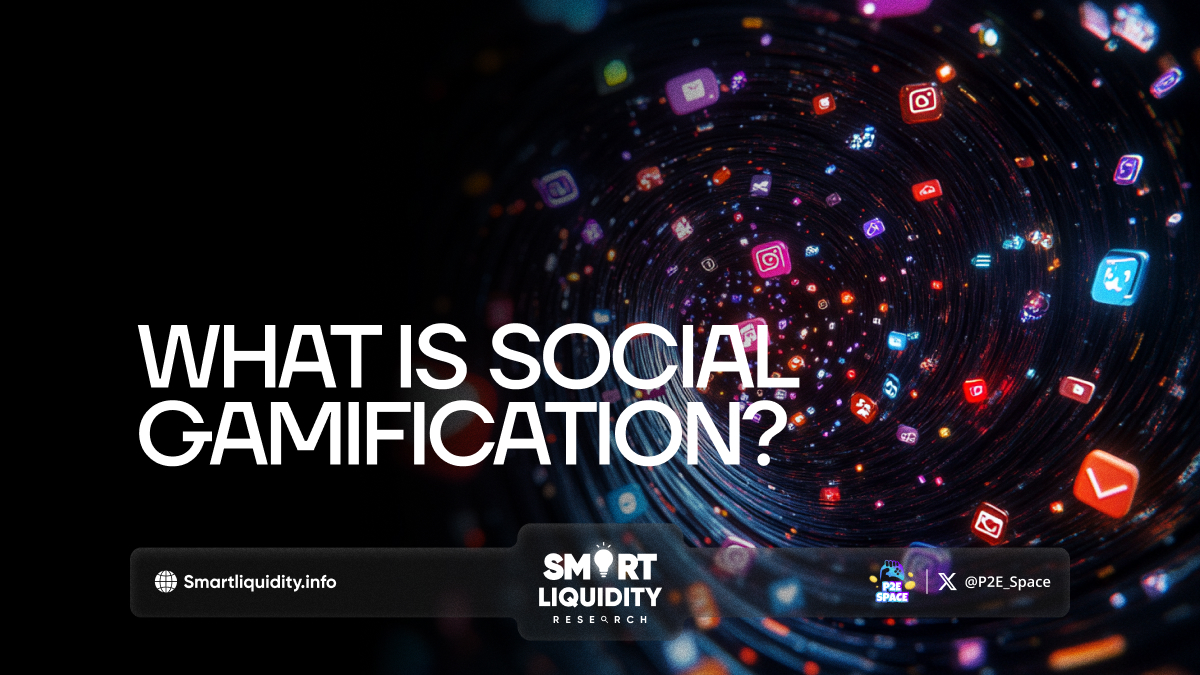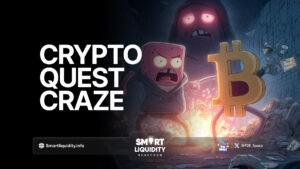What Is Social Gamification?


In the digital age, the intersection of gaming and social interaction has transformed the way we engage with products, people, and even our own goals. One driving force behind this shift is “social gamification,” an innovative approach that leverages the mechanics of gaming to enhance user interaction, encourage engagement, and build community. But what exactly is social gamification, and how does it impact our everyday lives? Let’s dive in.
Understanding Social Gamification
Social gamification involves integrating game-like features into non-gaming platforms or activities to motivate and engage users. It takes cues from gaming—think leaderboards, badges, points, and levels—and infuses them into everyday experiences, creating an environment that rewards progress, fosters competition, and stimulates collaboration. It’s about adding layers of social interaction to enhance both individual motivation and a sense of community, blending personal achievement with shared experiences.
The Science Behind Social Gamification
At its core, social gamification taps into basic human psychology. People naturally crave recognition and accomplishment, and gamification uses these instincts to drive engagement. When users earn points, level up, or gain a spot on a leaderboard, their brains release dopamine, the “feel-good” chemical associated with motivation and reward. This feedback loop encourages users to stay engaged, building a sense of achievement and connection with the platform or product.
But it’s not only about individual rewards. By including a social component—such as sharing achievements or competing with friends—social gamification builds a deeper emotional investment. People enjoy seeing each other’s progress, celebrating wins, and engaging in friendly competition, which amplifies overall engagement and creates a loyal, interactive user base.
Key Components of Social Gamification
- Rewards and Recognition: Users are more motivated to participate when there are visible rewards. Badges, levels, points, and titles not only serve as recognition but also as a means of tracking progress. For instance, LinkedIn uses badges to denote skill levels or achievements, encouraging users to engage more actively on the platform.
- Leaderboards and Rankings: People love competition, and leaderboards capitalize on this by displaying top performers. They create a sense of urgency and a goal to reach. Whether it’s fitness apps showing weekly steps or e-learning platforms listing top quiz scores, these features make users want to participate and improve.
- Challenges and Goals: Gamification often involves setting small, attainable goals to guide user progression. Apps like Duolingo use daily streaks and milestone rewards to encourage users to keep up with language learning. Users feel both individual pride and social motivation, especially when competing or collaborating with others.
- Social Sharing: Platforms with social gamification elements often include sharing options to spread achievements and updates. Users can post their achievements, invite friends, and build momentum. This helps the platform attract new users while keeping current ones engaged through mutual accountability and recognition.
Real-World Examples of Social Gamification
- Fitbit and Social Fitness: Fitbit and other fitness tracking apps encourage users to compete with friends on daily or weekly step counts. Challenges like “Workweek Hustle” or “Weekend Warrior” push users to walk more while staying connected to friends and family, creating a fun and motivating fitness experience.
- Starbucks Rewards: With its points system, Starbucks Rewards encourages customers to make repeat purchases to earn “stars” for free items. Adding a social dimension through rewards and custom challenges has made Starbucks’ loyalty program one of the most successful in the food and beverage industry.
- Duolingo’s Language Learning Streaks: Duolingo employs gamification through daily streaks, leaderboards, and rewards. Users compete with others and share their progress, making the sometimes-difficult task of language learning fun and community-driven.
The Benefits of Social Gamification
Social gamification transforms user engagement. By turning passive consumers into active participants, platforms foster a deeper connection and longer-term commitment. The shared social experiences make users feel like part of a community, increasing their desire to engage, share, and grow within the platform.
1. Enhanced User Engagement:
With game mechanics, users are more likely to stay on a platform and return frequently. They not only interact with the product but also with fellow users, which builds loyalty and satisfaction.
2. Higher Retention Rates:
Gamification increases retention by creating a sense of achievement and belonging. Users who participate in challenges, earn rewards, and engage with peers are less likely to churn.
3. Increased Brand Loyalty:
When users feel a sense of achievement and recognition within a brand’s ecosystem, they tend to become loyal advocates. This community effect is why so many companies are now exploring social gamification.
The Future of Social Gamification
As technology evolves, social gamification is expected to become even more integrated into our daily routines. With the rise of augmented reality (AR) and virtual reality (VR), gamified experiences will become more immersive, allowing users to engage in entirely new ways. Imagine an exercise app where you’re running a virtual race against your friends or a study app that transports you into a virtual classroom.
Social gamification is also likely to expand into more fields, such as remote work and mental wellness. With the need for more engaging, connected experiences, gamification can make tasks that once felt tedious or isolating—like remote work meetings or mindfulness exercises—feel interactive, rewarding, and socially connected.
Conclusion:
Social gamification goes beyond simply adding game-like features to non-gaming environments. It creates a dynamic, interactive space where users can achieve personal goals while connecting with others, building a network of motivation, and enhancing the overall experience. As it continues to grow, social gamification will redefine how we interact with the digital world, turning every action into an opportunity for connection, competition, and collaboration.




